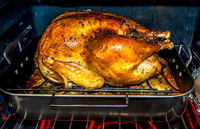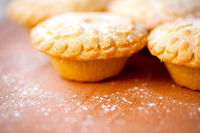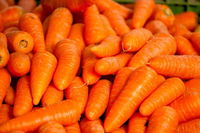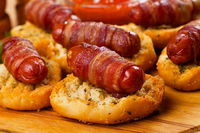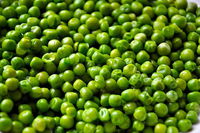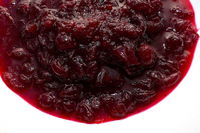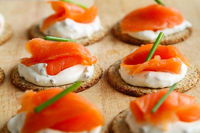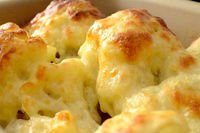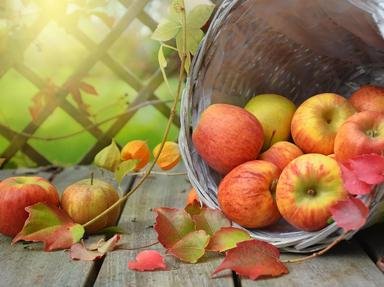
Christmas Dinner, Deconstructed Quiz
One of the highlights of the festive period is Christmas dinner. This quiz deconstructs a typical British version of the indulgent meal into twelve visual components and asks you to match each to its related clue.
by jonnowales.
Estimated time: 3 mins.
